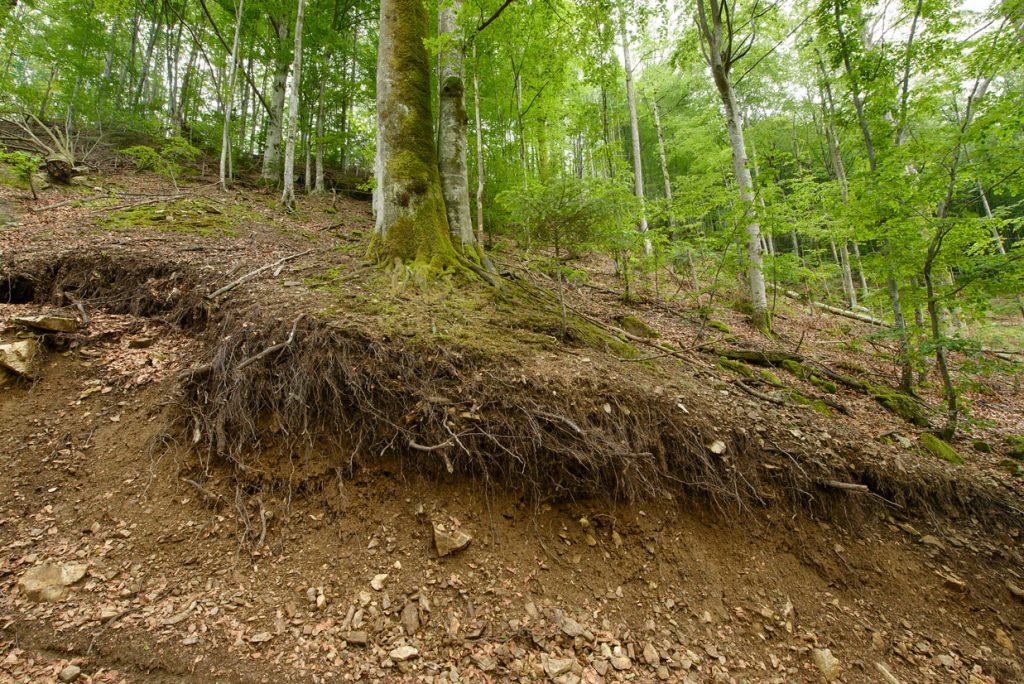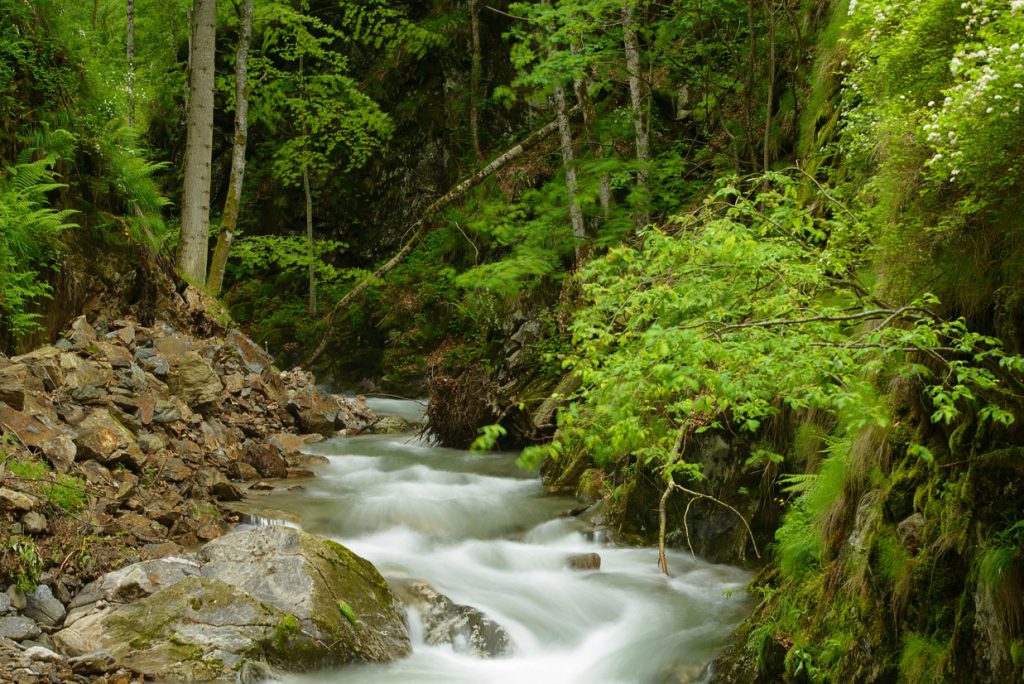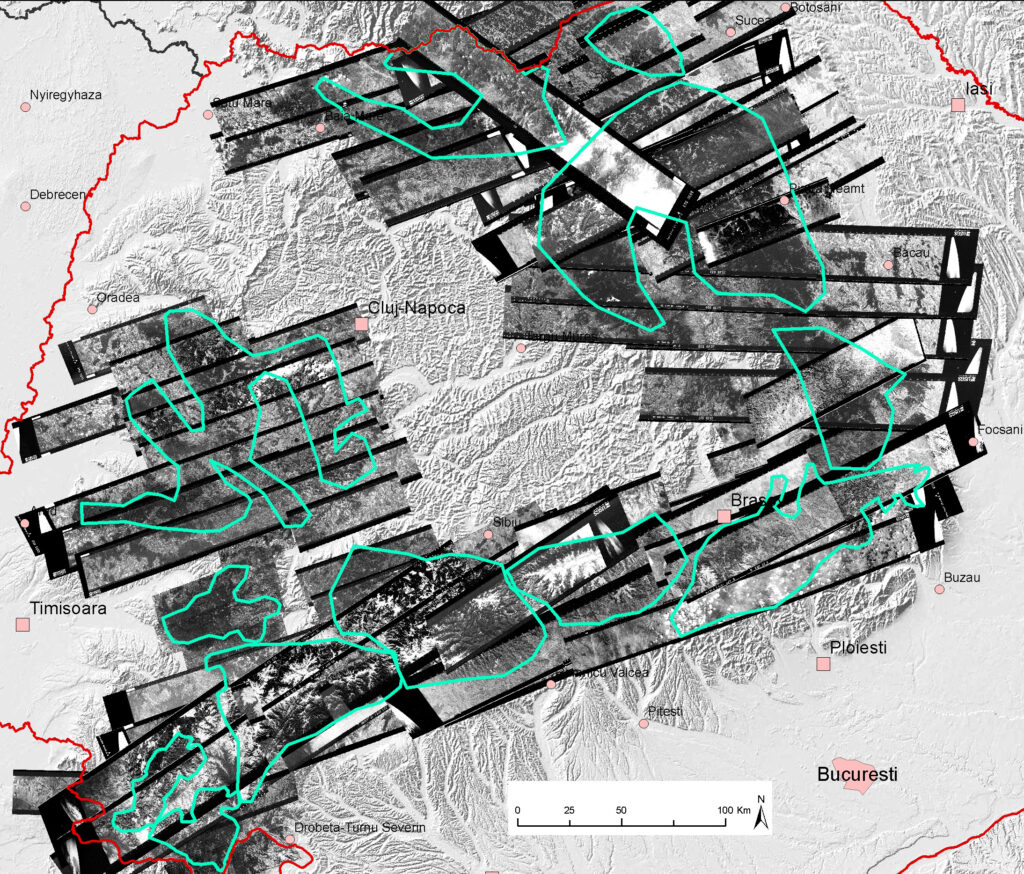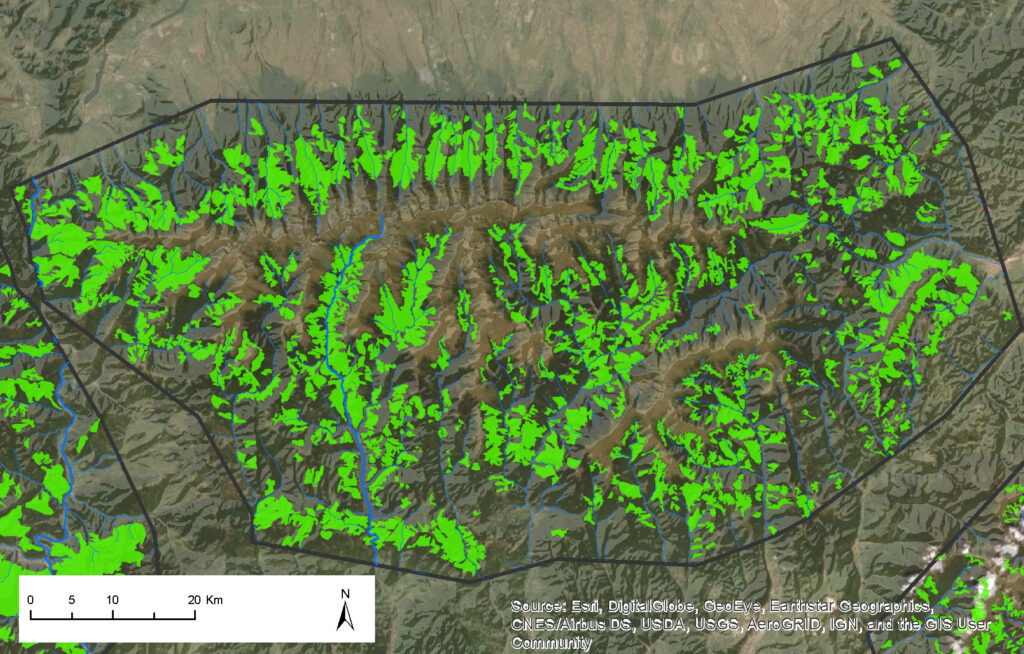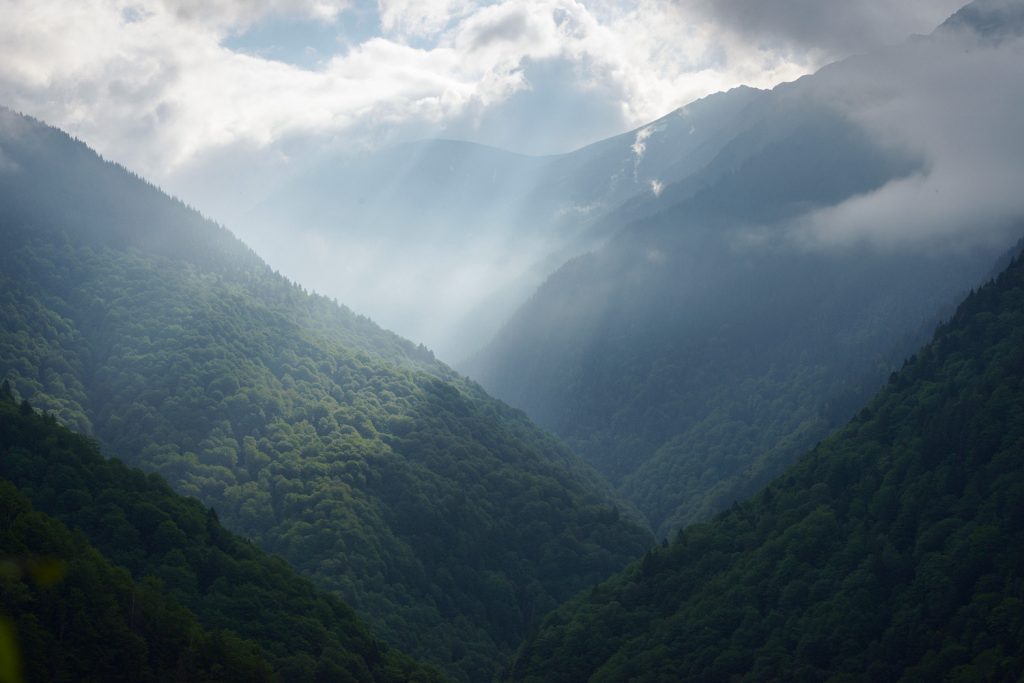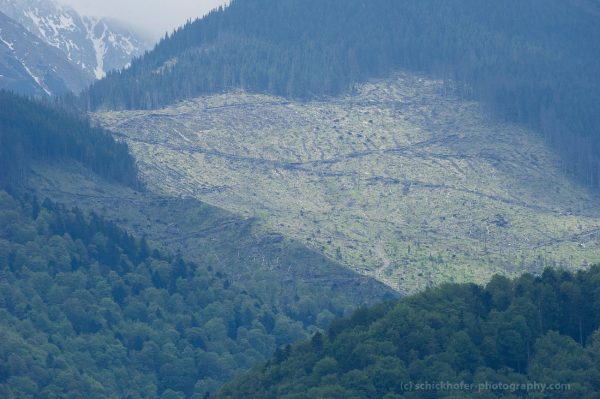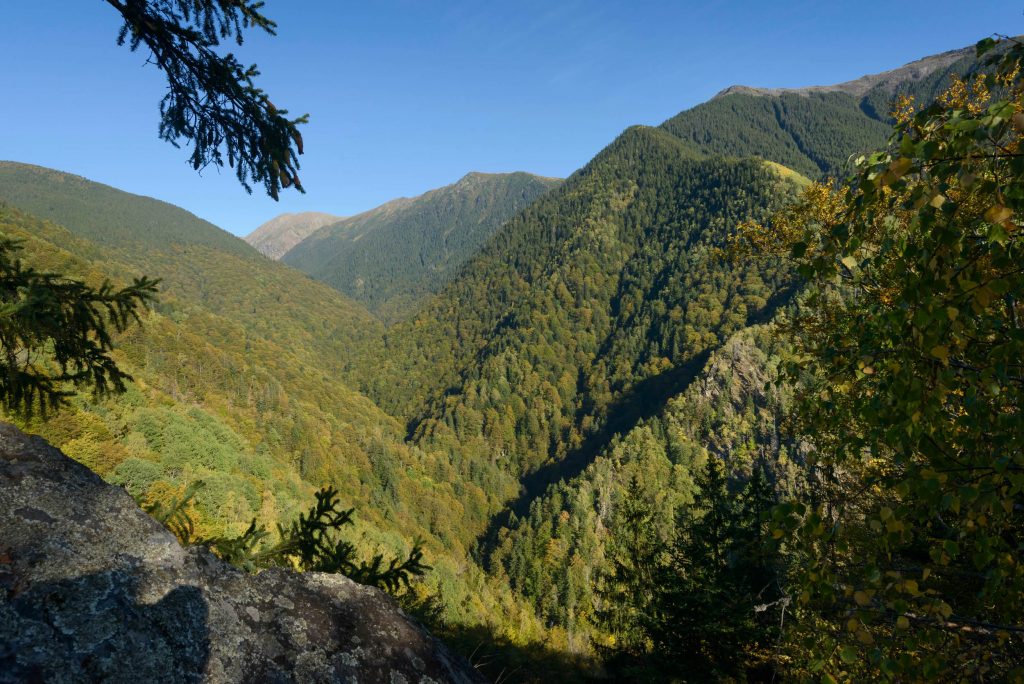Forest management plans for Domogled – Valea Cernei national park and Natura 2000 site ignore nature conservation laws
The Romanian High Court of Cassation and Justice suspended forest management plans of forest units Cernisoara, Baia de Arama, Balmes, Ivanu and Olanu in the upper sector of Domogled – Valea Cernei National Park, which is also under protection by EU Natura 2000 legislation. The trial was initiated by Agent Green to obtain the annulment of all forest management plans within the park territory, which are in severe contradiction to provisions from mandatory nature protection legislation such as EU’s Habitats and Birds Directives.
The entire national park has been designated as a Natura 2000 site and as a UNESCO World Heritage site (including a buffer zone). However, not even 50% of the forests in the park are under effective protection and have been included in the strictly protected core zone. The rest of the forest, including highly valuable primary and old growth beech forests, is vanishing progressively due to intensive logging.
State forests enterprise Romsilva is controlling the national park management and they have been issuing logging permissions for a large number of forest parcels in the buffer zone. Even old growth and primary beech forests have been sawed down with official papers.
Euronatur foundation and Agent Green welcome the court decision as a major milestone in their campaign to save the outstanding natural forest heritage of Romania. Only recently, the EU Commission has launched infringement procedures against the Romanian state, following a complaint by EuroNatur, Client Earth and Agent Green.
“Domogled National Park can for the first time since many years breath in peace,” Gabriel Paun from Agent Green said. “It’s just the beginning! Agent Green won the High Court of Cassation and Justice trial against the Ministry of Environment and state forests Romsilva. 19369.24 hectares of Domogled National Park – Cernea Valley can no longer be reached for logging as of today. Anyone who sees a wood truck coming out of UP is asked to immediately notify the police. Transportation would be 100% illegal. Any forestry work now means a forest offense and a violation of court decisions,” Paun added.
The forest management plans for four production units was suspended and with it, all planned cuts. Another trial to achieve anullment of the forest management plans of the production units in lower Cerna valley is still underway and the court decision is awaited.
Agent Green and Euronatur call on the Romanian government to urgently take all necessary measures to ensure that Romsilva and the operating logging companies immediately leave the Domogled National Park and all logging operations will be stopped.
In a next step, the forest management plans have to be changed in a way to fully comply with both Natura 2000 legislation and IUCN Guidelines for Category 2 protected areas, national parks. This means, that commercial forest exploitation must be ended in the whole national park and all natural (old growth and primary) forest stands need to be included in the non intervention zone of the national park.
Furthermore, the non intervention zone fragments must be connected to ensure fullfilment of globally defined IUCN guidelines for national parks. IUCN wording about national parks: “Large natural or near natural areas set aside to protect large-scale ecological processes, along with the complement of species and ecosystems characteristic of the area, which also provide a foundation for environmentally and culturally compatible spiritual, scientific, educational, recreational and visitor opportunities.”
In the interpretation of the protected area management categories for Europe (EUROPARC and IUCN, 2000), the IUCN guidelines clearly state that management of the IUCN protected category II should eliminate exploitation (of natural resources), including hunting and fishing, and that this is a duty of the authorities responsible for the management of the national park.
